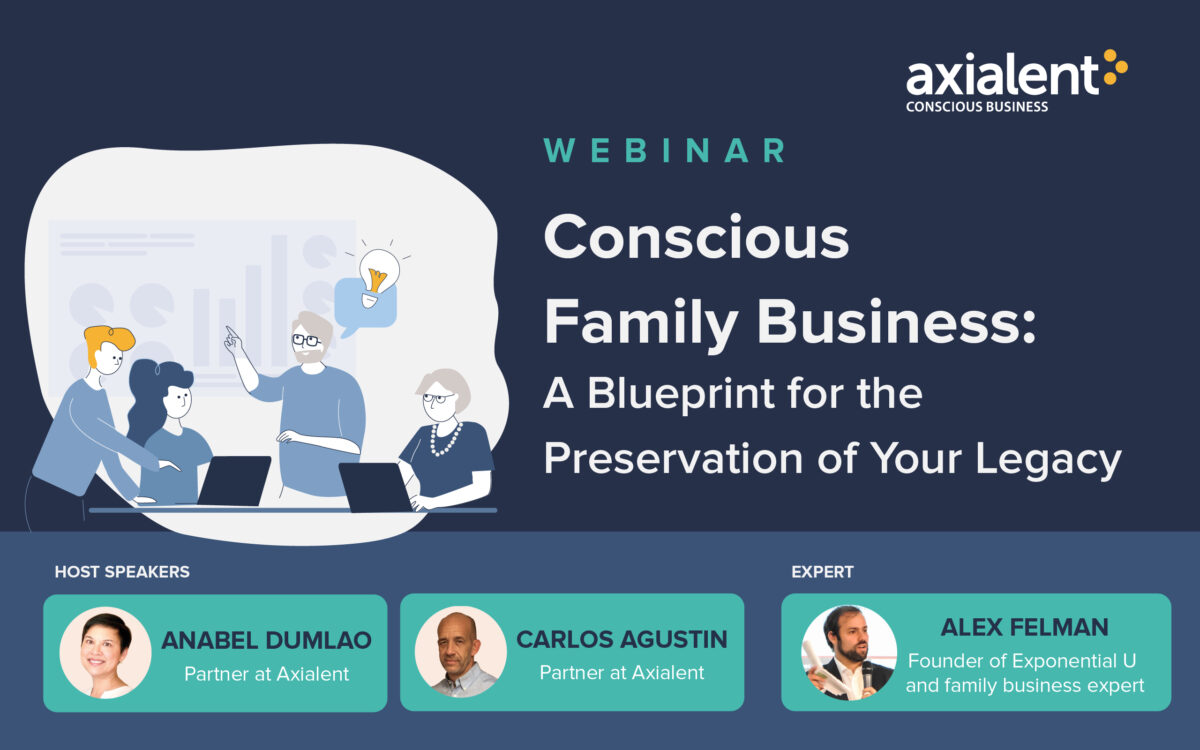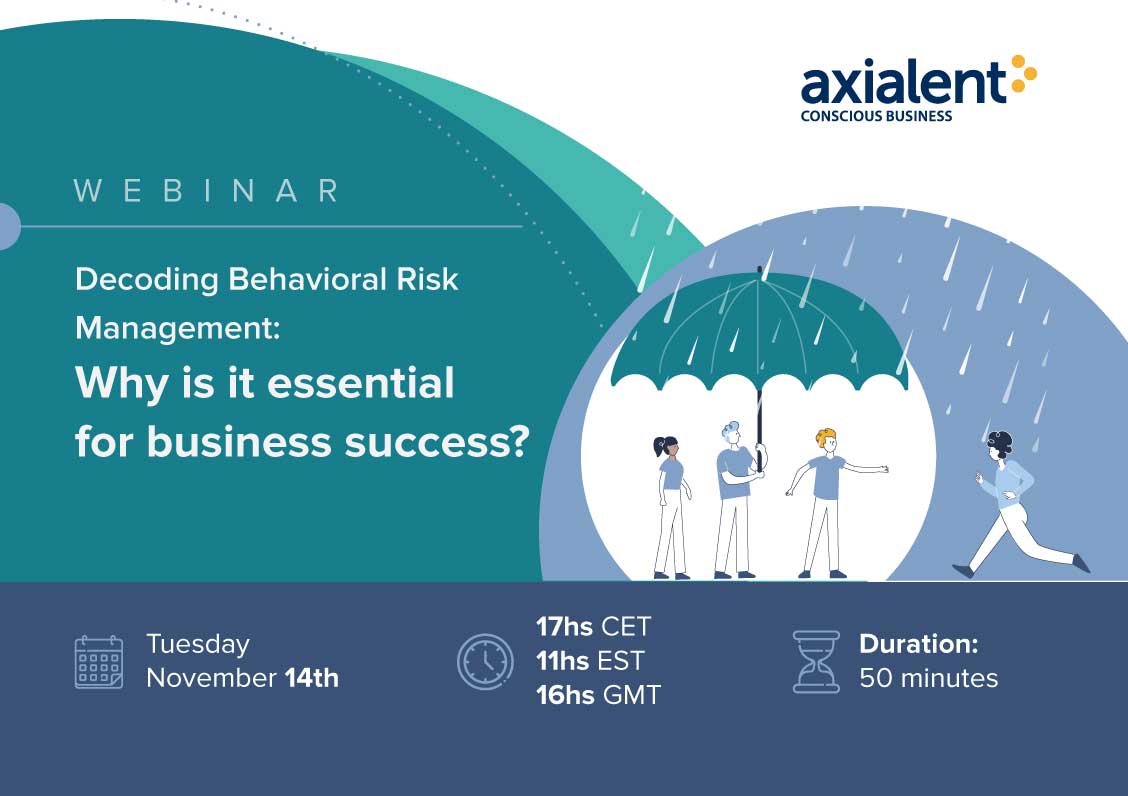Behavioral risk management is an emerging field that aims to understand the underlying human and cultural factors that can lead organizations into both success and failure. By digging deeper than surface-level controls and metrics, behavioral risk assessments provide valuable insights for leadership teams looking to transform their culture and bolster integrity.
Mirea Raaijmakers, a pioneering expert in the subject, has over a decade of experience applying behavioral science to regulatory oversight and internal bank programs. In our recent webinar, Mirea delved into the core principles and promising potential of this approach.
The Bright and the Dark side of companies
There are two sides, the dark side and there’s also the positive side of organizational culture, which is a very good place to be. It’s where risks are taken in a very balanced way, and we’re efficient and in control, and we know there’s trust and integrity. But there’s also this other side of culture, which is also part of our focus.
I would say it’s behavioral risk management, that’s the darker side. It’s where, inconsistencies are inefficiencies, distrust, that’s where the sharks are. And I think the question is not so much, do organizations have a dark side? I think every organization has a dark side, every organization also has bright sides. And honest management and leadership is about understanding both sides, understanding what’s going on and doing something about it when necessary, and then being able to dive deep below that waterline and also swim out to where the sharks are is absolutely part of the leadership that you know today in this rapidly changing world.
The Desire State
How does behavioral risk management connect with safety in industrial enterprises?
There’s absolutely a connection there, so if we think about safety, if we’re talking about a safety culture or a risk culture, we’re talking about this as a desired state, at that moment we’re talking about the desired behaviors we want to see and that are essential and crucial for our organization because, in the work we do, we need to ensure our people and employees are safe, we have to ensure that the products we’re producing are also safe for our customers, in banking it’s important to have a strong risk culture, which means you’re aware of the risks.
You’re identifying your risks, you’re escalating them when necessary, but all of this has to do with the desired state, the desired behavior we want to see and behavioral risk management can be very helpful in developing you toward that desired state because it gives you an insight into what’s preventing me from reaching that state, what’s preventing me from reaching that safe culture that I need.
Culture of Avoidance
Many organizations may inadvertently foster a culture of avoidance when it comes to risks. It’s like wanting to do the right thing, but unintentionally causing avoidance, which isn’t good for business. What are some signs? I think when we talk about avoiding this, and I believe in such a turbulent world, avoiding risks or staying in the safe zone is a behavior we see quite often.
Bringing it back to Darwin, you know how people respond to stress and threat in their lives—either fighting, fleeing, or freezing. I think you know how avoiding and evading risks in this turbulent world is putting things backwards; avoidance is a coping mechanism. A coping strategy for many organizations or individuals in organizations who feel overwhelmed, out of control, psychologically threatened, and choose to simply do as little as possible and stay away from risk. I believe this is very undesirable because for organizations, we think about, small business entrepreneurs, but also corporations, taking risks is part of organizational life and being part of staying viable. And I think here again, it’s true, instead of avoiding challenges in life, you know it’s better to face them and organize yourself around them, make sure you understand them as much as possible, organize support, and face them head-on rather than avoiding them because you know you’re on the road to nowhere.
Is an Honest Mistake acceptable?
What is your opinion on an honest mistake that could lead to a major regulatory issue or loss of lives?
People aren’t perfect, we’re not perfect, and we make mistakes, I think many things going wrong have to do with human errors and there are absolutely examples of ill intent of crossing the line, I think you have to be very clear that there’s something that’s not at all acceptable.
I think many organizations fall into the trap of not being clear about accepting unacceptable behavior, but if it boils down to human errors you have to do it. I think the obligation is to find out what really happened and then with a lot of individual behavior that you see, there’s also a connection to the culture of an organization, so the social system of the organization you know sets a social norm that people must adhere to and there’s, social reward and social rejection. If it’s unacceptable behavior, then be very clear about it, but I think most behavior is like that. It’s a much more complex story, which I think for organizations is key to uncover because they have to carry on with their organization, they have to move forward, they have to keep the organization alive.
In conclusion, behavioral risk management emerges as a transformative approach, shedding light on the intricate interplay of human behavior and organizational dynamics.
By embracing this paradigm, organizations can navigate uncertainties and foster cultures conducive to long-term success and sustainability.











